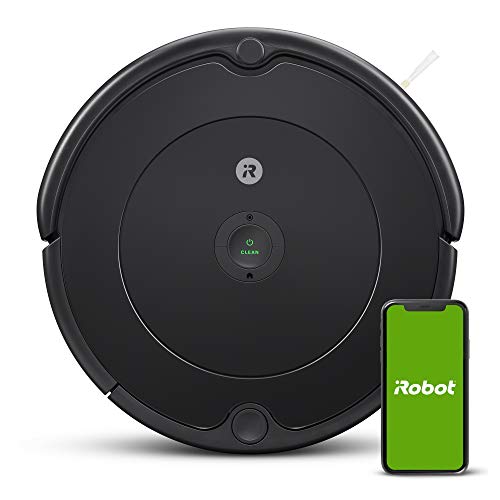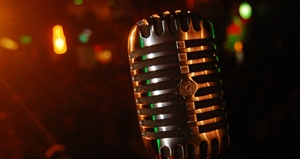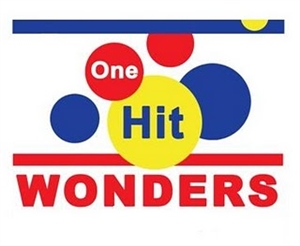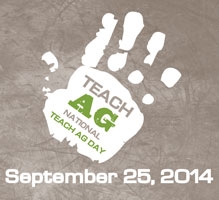Comic Book Day 2024 is on Wednesday, September 25, 2024: what is the history behind FREE COMIC BOOK DAY ?
Wednesday, September 25, 2024 is Comic Book Day 2024. FREE COMIC BOOK DAY FCBD 2013 is over - books can
As an Amazon Associate I earn from qualifying purchases.

Each day permanently triumphing over evil, as well as for saving the damsel in distress, Comic Book Day is about taking pleasure in a great comic.
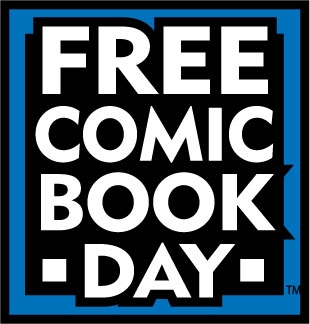
Free Comic Book Day is an annual promotional effort by the North American comic book industry to help bring new readers into independent comic book stores. Brainstormed by retailer Joe Field of Flying Colors Comics in Concord CA in his "Big Picture" column in the August 2001 issue of Comics & Games Retailer magazine, it was started in 2002 and is coordinated by the industry's single large distributor, Diamond Comic Distributors. The next event will be on May 1, 2010.
Free Comic Book Day is scheduled on the first Saturday of May. It has often been tied to the release of a major theatrical film adaptation of a well known superhero property (for example, 2009's FCBD was the day after the release of X-Men Origins: Wolverine), in order to take advantage of the film's heavy promotion and related press about the comic book medium. On Free Comic Book Day, participating comic book store retailers give away specially printed copies of free comic books, and some offer cheaper back issues and other items to anyone who visits their establishments. Retailers do not receive the issues for free; they pay 12-50 cents [1] per copy for the comics they will give away for free.
Publishers produce special edition comics geared to attracting new non-comic readers. There is a wide diversity of comics available, from traditional comics fare like Archie and Disney, super-heroes from Marvel and DC, manga from Tokyopop, as well as work from independent publishers.
The 6th annual event on May 5, 2007 featured comics from 40 different publishers, including the following ten titles that were available at all participating retailers:
* Archie Comics – The Adventures of Little Archie
* Bongo Comics – Bongo's Free for All 2007
* Dark Horse Comics – The Umbrella Academy, Pantheon City 2007, and Zero Killer
* DC Comics – Legion of Super Heroes in the 31st Century 2007
* Dynamite Entertainment – The Lone Ranger / New Battlestar Galactica Flip Book 2007
* Gemstone Publishing – Walt Disney’s Mickey Mouse 2007
* IDW Publishing – Transformers the Movie Prequel #1 2007
* Image Comics Astounding Wolf-Man #1 2007
* Marvel Comics – Amazing Spider-Man Swing Shift 2007'
* Tokyopop – Choose Your Weapon 2007
In its first six years, more than 2000 retailers in more than 30 countries have given away more than 12 million Free Comic Book Day special-edition comic books. The success of the promotion rests with each participating retailer. Most participants agree that FCBD has been part of a healthier comics market and growing comic book sales over the last several years.
FCBD has garnered tremendous press coverage in all media. The first event was May 4, 2002, just a day after the opening of the first Spider-Man movie. Linking the event with movies was somewhat controversial, as some believe that it implied the comic book medium was simply a promotional arm of the film industry. However, successful FCBD events in 2005 and 2006 did not have specific date tie-ins to comics-related movie openings, proving that the event is more than capable of standing on its own, while the 2004 event was linked with the July opening of the second Spider-Man movie and was deemed less successful for falling outside of the regular school year. The current public relations associate for the event is Elissa Lynch [1].
Free Comic Book Day has three main purposes:
1) To introduce everyone to the joys of reading comics.
2) To call back former comic book readers
3) To thank current comic book buyers for their continued support.
Previous events:
The 8th annual Free Comic Book Day was May 2, 2009.
The 7th annual Free Comic Book Day was May 2, 2008.
The 6th annual Free Comic Book Day was May 5, 2007.
The 5th annual Free Comic Book Day was May 6, 2006.
The 4th annual Free Comic Book Day was May 7, 2005.
The 3rd annual Free Comic Book Day was July 3, 2004.
The 2nd annual Free Comic Book Day was May 3, 2003.
The 1st annual Free Comic Book Day was May 4, 2002.
In conjunction with Free Comic Book Day on May 6, 2006, TwoMorrows Publishing hosted a promotional Free Magazine Day. Visitors to their website were able to order any in-stock issue of their magazines Back Issue, Alter Ego, Draw! or Write Now! for free.
Official website
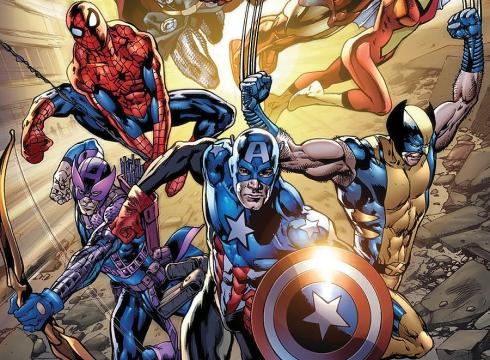
What do you get on free comic book day?
Free comic book day is an attempt by the comic publishers to revive what is (arguably) somewhat of a dying industry. The goal is to grab people's interest and get them in comic shops where they will hopefully see something they like and get hooked (it totally worked on me last year). Each publisher will put out a few titles that are meant to be a sample of the kind of stuff they do. Sometimes the free comics will provide a preview of upcoming series. For instance, last year's free comic book day, DC gave out Blackest Night #0, a preview of the upcoming Blackest night series. When you go, there will be 5 or 6 different comics for free worth checking out. Everything else in the store you'll have to pay for. However, comic shops usually take advantage of free comic day to have pretty epic sales.
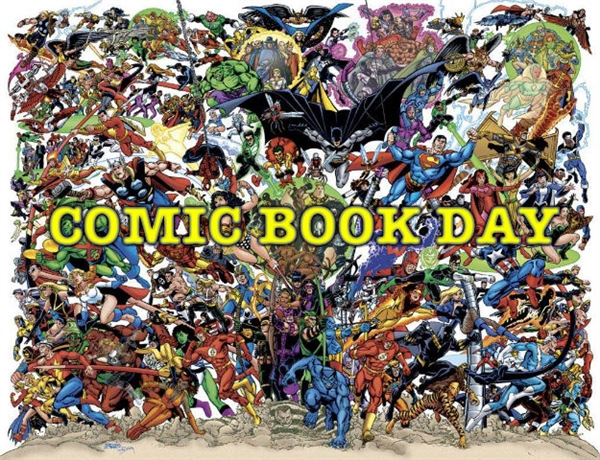
Comic Book Art?
Comic art has always been a cheap form of illustration. Nothing has changed that, ever. Whatever people are looking for, that's what comics give them. The earliest comics were thus like any other cheap form of illustration -- very cheap. They were more closely related to pamphlets and other forms of newspaper art than they were to even pulp illustration, which generally required more time. In the earliest days, the teens and twenties, they were aware of modernism, and in fact influenced by early modernists because the latter did so many important pictures of modern life.
The first true comics style was developed by Noel Sickles, who by copying black and white photographs (which tended to reduce the range of values in pictures by about ten per cent, evolved a realistic seeming style which could be drawn quickly and once it was adopted and popularized by his friend Milton Caniff in Terry And the Pirates enabled dozens and ultimately hundreds of artists to work on the same material because they so looked like each other.
At the same time there were humor books which required the same skills as Disney and Fleischer were putting in animation and classically trained artists like Lou Fine, Mac Raboy and Alex Raymond doing their thing.
As we got to the fifties, people assimilated modern imagery as they hadn't yet Picasso's markmaking, and guys like Neal Adams, Stan Drake -- Fine and Raymond were also copying from photographs, while trying to avoid flattening out the value range which was something Sickles and Caniff had embraced.
When the sixties got into full swing, fluxus, Pop Art and other movements which made pure markmaking accessible to the general public took over. Artists like Kubert, Alex Toth, and Kirby who had all started as Caniffians (which was what Sickles's style was called) but developed either more careful draftsmanship (Kubert and Toth) or a strong sense of design (Toth and Kirby) were all the rage. Kirby exaggerated everything: perspective, figures, muscles, light and dark areas. This was especially influential. One of my friends, and I'm sure many others, said when he did the Eternals he'd forgotten more about drawing than most people would ever know.
That exaggeration influenced what you might almost call the last generation of Caniffians. You see, the realistic style was now becoming somewhat easier, and while sixties graphics in general emphasized markmaking (look at fillmore posters or any issue of Life Magazine or Saturday Evening Post for the ads) as the seventies got underway artists like Rowena Merrill and James Warhola -- to name two examples in Science Fiction illustration -- came along who were busier and fussier. While a few Kirbyesque Caniffians like George Perez, Marshall Rogers, John Byrne and Walter Simonson thrived into the eighties, art directors at the big comics companies were increasingly looking for more realistic work.
Adam Kubert, Joe's son, is a good example of that. The last issues of Thor actually look more like Sidney Sime than they do like Jack Kirby. Sime was an illustrator best remembered for his work with Lord Dunsany. He tended to mix the lovely and the grotesque, but had a good sense of design and sense of the values in his pictures, even if some of his renderings were crude and he mixed styles very openly. Kubert's academic drawing is very good (There are a few places where he chooses what an academician might call bad linework though). He tends to mix styles on his pages and does not exaggerate perspective at all, something which even John Buscema did occasionally when he worked on the strip and which Simonson did a lot.
By the mid-nineties a new style was the norm, influenced by Kirby and other caniffians, by the realists who came after them and by Japanese animation. Everything is as busy as it has been since the 1980's -- while there is exaggeration there is no concommittent simplification happening in it. The style has evolved over longer than the last ten years, and the connection is very clear (if discouraging) to those of us who've been following it for a while.
What can I tell you? Hold on tight, this too will pass.








